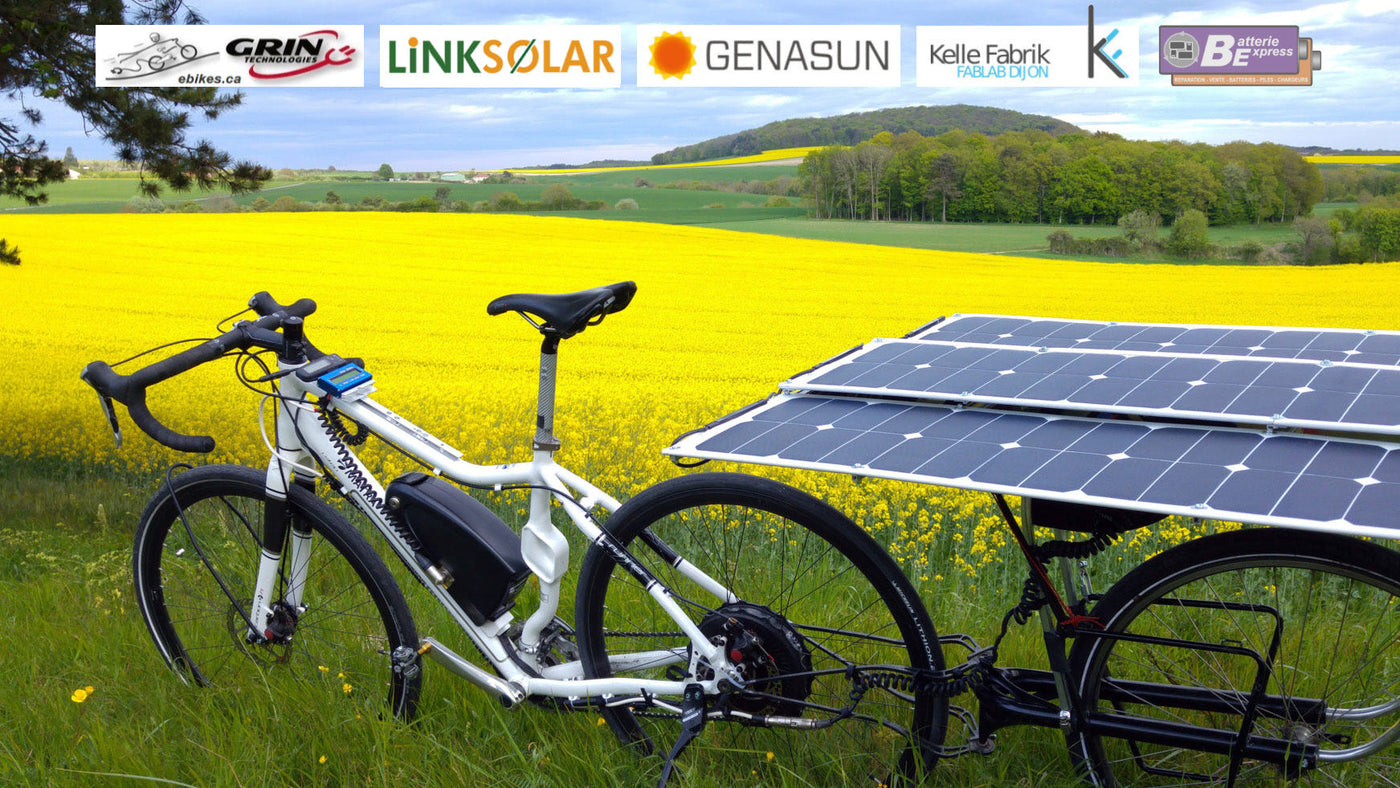Why Choose Custom Solar Panels
Generic panels rarely match real-world designs: their fixed dimensions, preset connectors, and limited voltage options often waste surface area or complicate installation. Every project—whether an RV roof, a portable charger or a smart sensor—deserves a panel shaped precisely to its space and energy target.
By choosing LinkSolar, you can specify every parameter: physical size, voltage and current rating, connector position, cable length, finish, and branding. Our engineers translate those specs into manufacturable drawings and deliver panels that integrate cleanly with your product, saving installation time and improving reliability across diverse conditions.
Tailored Power & Voltage Options
Our Customization Capabilities
| Feature | What You Can Specify | — |
|---|---|---|
Dimensions & Shape | Any footprint within process limits – rectangular, tapered or curved profiles | — |
Power & Voltage | Mini-watt modules to high-output arrays (3 V – 48 V or custom) | — |
Materials | Glass, PET or ETFE laminates; rigid or flexible construction | — |
Connectors & Cabling | MC4, SAE or bespoke pigtails with custom routing and length | — |
Branding & Finish | Logo printing, color options, labeling, and branded packaging | — |
Compliance & Lead Time | CE, IEC 61215/61730, UL support; sample ≈ 4–6 weeks, mass ≈ 8–12 weeks | — |
* All manufacturing is performed under ISO 9001-certified processes.
Three Core Customization Paths
The Customization Process – From Idea to Shipment
- Define Your Requirements
Provide drawings, target power/voltage, connector style and quantity. - Design & Prototype
Our engineers draft layouts and build samples for functional and mechanical validation. - Manufacture & Quality Assurance
Automated cell stringing, EL inspection, IV testing and final QA ensure each panel meets spec. - Global Delivery & Support
Worldwide shipping with custom packaging options and after-sales technical assistance.
Average turnaround for custom projects: 8 – 12 weeks door to door, depending on complexity.
Example Applications & Success Stories
- Marine & RV Integration: Custom-fit arrays reduce wind noise and fuel usage while powering onboard appliances.
- IoT and Smart Sensors: Mini modules embed directly into housing for continuous off-grid operation.
- Outdoor Gear & Brand Promotions: Foldable chargers with OEM logos used as retail or corporate gifts.
- Industrial Retrofits: Replacement of legacy rigid modules with custom sizes for machinery or signage.
FAQ
Custom Solar Panels
What minimum order quantity (MOQ) is required?
What minimum order quantity (MOQ) is required?
MOQs start around 100 units for standard custom specs; complex or large panels may require higher volumes.
How long does the custom process take?
How long does the custom process take?
Initial design and sample production take ≈ 4–6 weeks; mass production follows within 6–10 weeks after approval.
Can you assist with certifications and testing?
Can you assist with certifications and testing?
Yes. We offer pre-compliance testing and support for CE, IEC and UL documentation based on market needs.
Do you provide branding and private-label options?
Do you provide branding and private-label options?
Absolutely—OEM/ODM branding, custom labels and packaging are available to match your brand identity.
What warranty is included for custom modules?
What warranty is included for custom modules?
Our standard warranty covers materials and workmanship for 3 – 5 years; extended terms are available on request.










